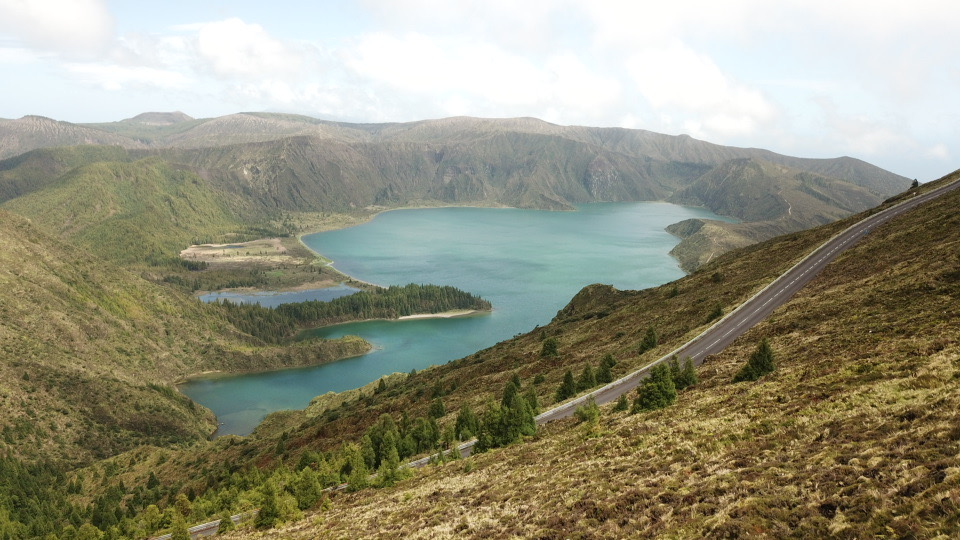How to Prepare for Your First Multi-Day Trek: What I Wish I Knew Before Setting Off.
It all starts with a thought. Maybe you were inspired by a mountain photo, a story from a friend, or just a desire to escape for a while. Suddenly you think: I’d like to try a multi-day trek. With a backpack, a tent, far from mobile signal. Just switch off for a few days, walk, and be.
Sounds great, but then comes the question – what do I need? What if I can’t do it? And how do I actually prepare? If you’re asking yourself something similar, you’re in the right place. This text isn’t a checklist of things to buy – it’s a reflection on how to enjoy your first trek, not just survive it.
1. Why Do You Want to Go?
It sounds simple, but it’s key. Do you want to prove something to yourself? Escape? Find peace? Your answer will help guide your route, pace, and gear. If you’re going for the experience, there’s no need to chase records. On my first trek, I thought it was about performance – how far I walked, where I slept, how little I carried. But that nearly ruined the joy. Now I know the greatest experience isan’t in numbers, but in how you feel along the way.
2. Start Small
You don’t need to aim for the GR20 or the Alps right away. The Czech Republic offers plenty of beautiful routes to get a feel for it. So do Slovakia, Austria, or Slovenia. Start with a 2–4 day trip, with exit options (villages, huts, trains). Consider terrain, elevation, water access, and your fitness. Have a plan B – and above all, be honest with yourself. In the mountains, there’s no room for pretending.
3. Gear
Less is more (but make it functional). You don’t have to buy ultra-light gear for thousands right away. But some things have to work: shoes, backpack, sleeping bag, mat, clothes. Focus on the essentials and tweak the rest over time. Try everything at home or on a shorter trip. On my first trek, I carried three headlamps. After three days, I’d have traded them all for a dry pair of socks.
4. Food and Water
Think ahead. Can you refill water? Do you know how to filter it? Will you cook or survive on cold food? For your first trek, go for easy classics – porridge, cookies, instant meals, soups. And always bring something sweet to lift your spirits.
5. Your Mind: Your Strongest (and Weakest) Gear
A trek is not just about your legs. Your mind is what pushes you forward. There will be moments when you’re tired, wet, hungry, grumpy. That’s when the decisions matter. Learn to be with yourself, without distractions.
Some days will be beautiful. Others will challenge you. But that’s what makes a trek a trek – it’s a journey, not just a trip.
6. What If You Mess Up?
Fine. Then you mess up. Everyone does. You forget a spoon, lose a sock, step out in the rain without a jacket. Everything can be dealt with. Just stay calm and see it as part of the experience.
Trekking is the best teacher. And if you approach it with humility and openness, it will teach you a lot – about nature, about people, and most of all, about yourself.
7. Don’t Underestimate the Return
After a trek, you might feel euphoric – or empty. In both cases, it’s good to have someone to talk to. Write notes, jot down what you’d do differently. And maybe start planning the next one.
Conclusion?
There’s no single right way to begin. But there are plenty of good reasons to try. And if you’ve read this far, you probably already have one.
Good luck – and maybe we’ll meet on the trail someday.
